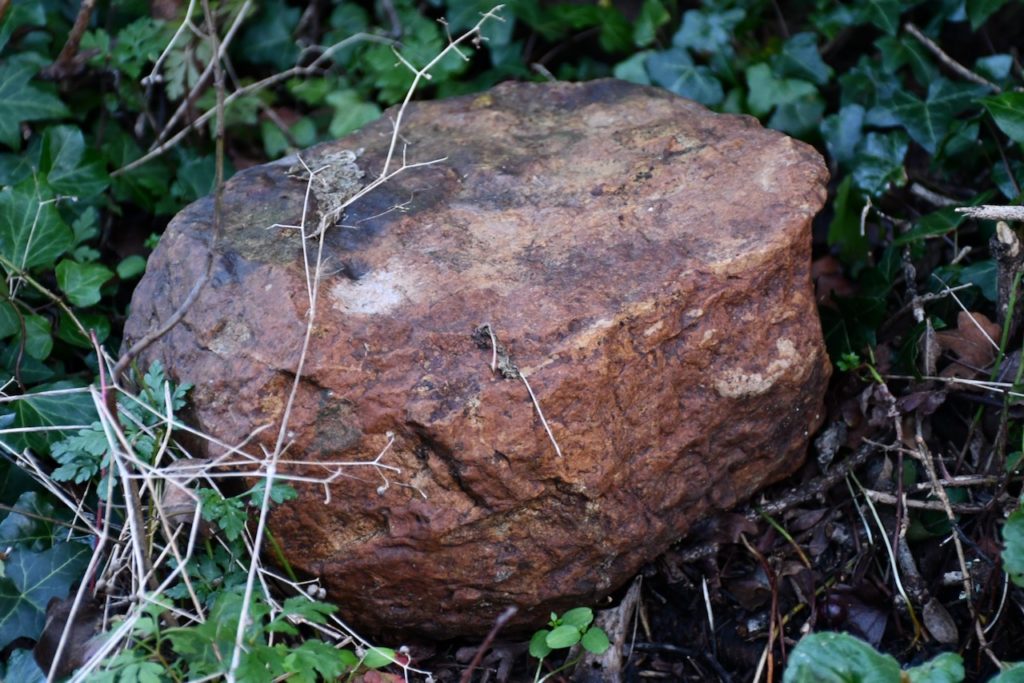
The name sarsen is likely to come from “saracen” meaning foreign or alien. This is because the smooth brown rocks do look alien in contrast to the surrounding countryside. Locally they are sometimes called “grey wethers” because, in the half-light, they are said to look like sheep. In the field in front of Ashdown house, sarsen stones were placed to look like sheep on green pasture.

There are two theories as to how the sarsen stones came to be in our area. The first is that they truly are ‘foreigners’ and were carried from far afield by the great glaciers which covered much of Britain in an early ice age. Whilst this has some appeal as a theory it does mean that the stones have to come from somewhere and that somewhere has yet to be found unless all sarsen stones were transported to the downs by the glaciers which is somewhat unlikely.
The second theory is that they were formed locally at the same time or just after the great chalk deposits were laid down. From about 65 million years ago the chalk sea bed gradually rose to become land and layers of alluvial sand and clay were deposited over it. The climate then was warm and wet and the groundwater became saturated with dissolved silica. Variations in the acidity of the water caused the silica to crystalise between the sand grains cementing patches within the deposits beneath the soil. Plants grew in the tropical conditions and sent roots into the still soft stone. Tubular root holes and fossilised root remnants can still be seen in the sarsens and show how quickly the stone hardened. The glaciers of the great ice age which shaped the valleys of the North Downs are said to have exposed the sarsens by bringing them to the top as part of their scouring effect.
Sarsen stones can be found throughout the North Downs ranging from small pebbles to giant stones weighing several tons.
Sarsen is a very hard rock which is durable however difficult to shape. It is used in building as edging material such as as the retaining wall of the lambourn Churchyard as well as for kerbstones. Sarsen stones, because of their durability, were often used as thresholds and corner stones to protect the softer brickwork from erosion by many feet or cart wheels.
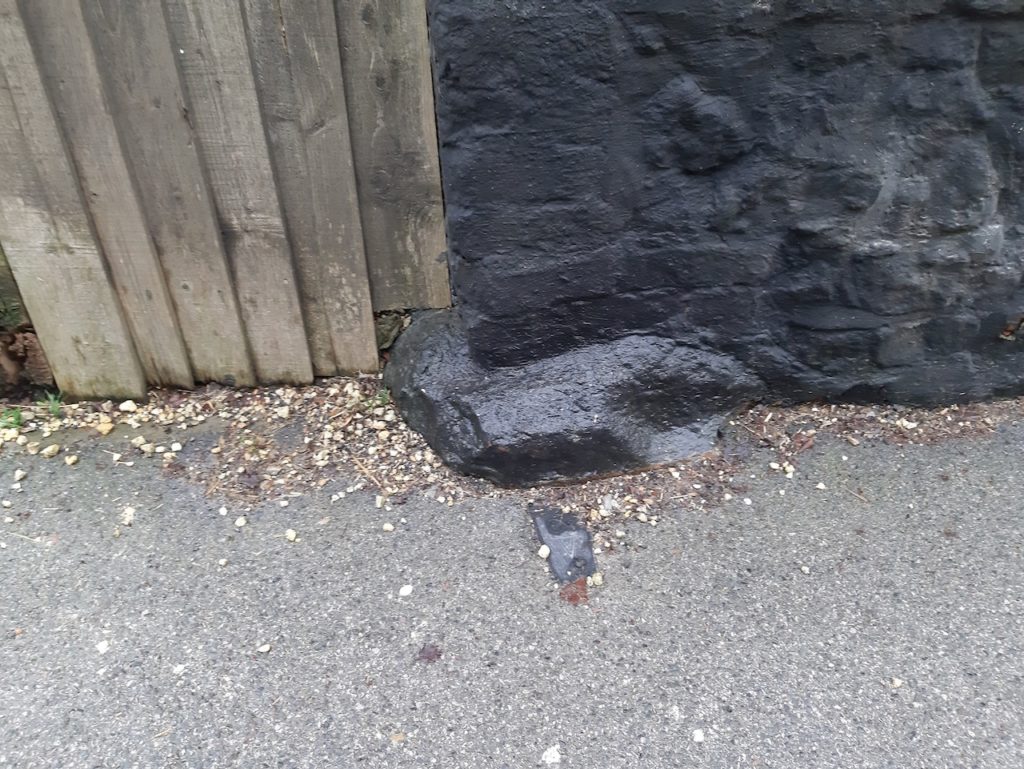
In buildings sarsen is often seen as wall panel infill and is used both in its natural state, cut in half (knapped), or squared and coursed. The latter is by far the most labour intensive process and thus is used typically only on the facade of houses where a good impression shows the wealth of the owner.
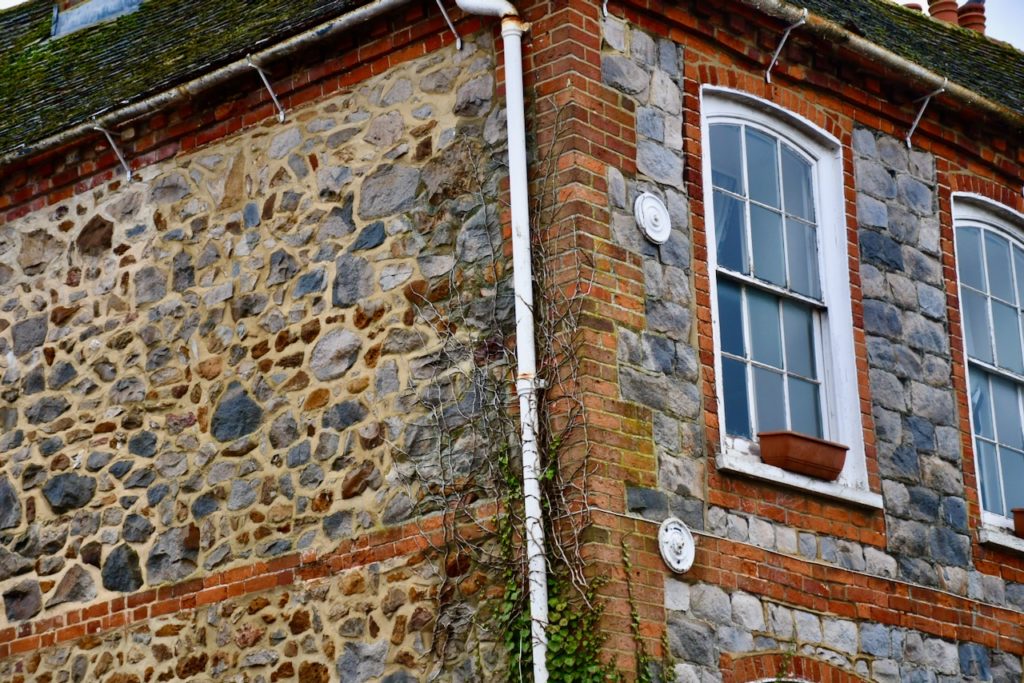

The builders of Stonehenge used these stones for the heelstone and sarsen circle uprights. Avebury and many other megalithic monuments in southern England are also built with sarsen stones. Locally, the ancient longbarrow at Waylands Smithy is a superb example of the use of sarsen stones which have stood the test of time.
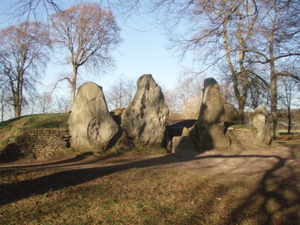
The Blowingstone, located near Kingston Lisle, is another example of a sarsen stone. The stone is capable of producing a booming sound if someone with the required skill blows into one of the holes the right way. According to legend it could be heard atop White Horse Hill, where 19th-century antiquarians thought King Alfred the Great’s Saxon troops had camped, and that this was how Alfred summoned them for the Battle of Ashdown against the Danes in AD 871.





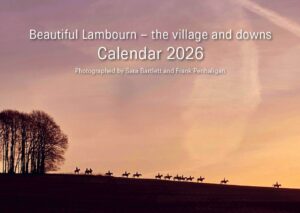
There is a field that surrounds The Warren wood between Park Farm and Maddle, where the same kind of huge sarsen stones litter it. I worked there for many years, so knew it well. It can only be used for grazing. Most stones are bigger than a large car and are like an iceberg, with only a third showing. In one adjacent area, huge bulldozers went out of sight to dig them out, in order that that particular area could be cultivated. I was an expensive exercise. I was there to witness it. In the fields on the right, bordering the Ashdown Road, the sarsens are in a wide band running from Upper Lambourn, to near the County Borders, but they are much smaller, perhaps some reaching the size of a football and they are the type you see as being used in the building of walls. It was a devil of a job when ploughing that ground, as the Plough shares broke often. Every spring, we would spend days picking the stones off the fields and dumping them in heaps, or, in the Wells that abound in the area. I expect there is a small fortune lying about in those places now, as they are not cheap to buy.